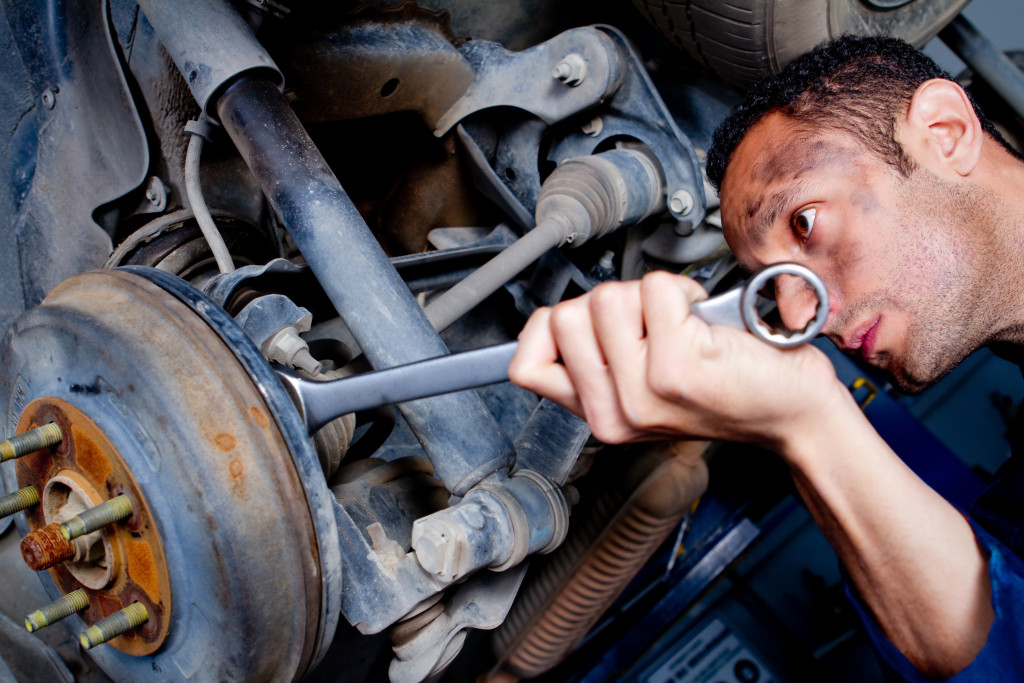Going on a road trip is an adventure. Whether you’re exploring your state or country or venturing somewhere new, there’s nothing quite like hitting the open road. But before you embark on your journey, it’s important to ensure your car is up for the task. You don’t want to be stranded on the side of the road in the middle of nowhere! Here’s a checklist of things to do before setting off on your next road trip adventure.
Get an Oil Change
This is one of the most important things you can do to prepare your car for a road trip. Fresh oil will help your engine run more efficiently and will also help protect it from wear and tear. It’s important to regularly change your car’s oil to keep the engine properly lubricated and running smoothly. This will also help reduce the engine’s heat and eliminate any dirt or debris that may have built up over time.
Depending on the type of oil and your car’s make, you may only need to get an oil change every 3,000 miles. However, some lubricants can last up to 5,000 or 7,500 miles before needing another change. If your car requires full-synthetic oil, it could go as long as 15,000 miles without service. If you’re unsure when your last oil change was, check your owner’s manual or ask a mechanic. An oil change before a road trip will help ensure your car runs as efficiently and safely as possible.
Be sure to check the other fluid levels in your vehicle, too! This includes coolant, power steering fluid, brake fluid, and windshield wiper fluid. These should all be topped off for your car to remain in optimal condition throughout your road trip.
Check Your Tires
Ensure your tire pressure and sufficient tread on all four tires are at the recommended level. You don’t want to risk getting a flat tire while on the road. Tires should be inspected every six years and replaced after ten years for safe driving. In the United States, a tire is legally required to have a tread depth of 2/32”. If your tires don’t meet this standard, it’s best to replace them before going on a long road trip.
When you rotate your tires, it allows the wearer to be evenly spread out among all four tires, which then extends their tread life. Tires in different positions on your vehicle endure various levels of torque and friction depending on what the car is doing. For example, the front tires on a front-wheel drive car must bear more while turning, accelerating, or braking. This can lead to less even tire wear. New tires should be rotated every 5,000 miles since fresh tire tread is more delicate.

Fill Up Your Gas Tank
This one goes without saying—you won’t get very far on an empty tank. Depending on how long your road trip is, you may want to fill up more than once. A full gas tank allows you to expand your range and explore more places. It also helps to reduce the stress on your car by reducing the number of times you need to stop for fuel.
If you plan on taking many long trips, it might be worth investing in a fuel-efficient vehicle. You’ll save money on gas and have fewer stops along the way. It’s always good to have a cushion in case you get lost or take a detour.
Make Sure Your Car Adheres to Regulations
When you plan on crossing borders, make sure your car also adheres to the regulations of those regions. For example, when traveling to Canada, it’s essential to be aware of the different tinting laws. You are allowed a much darker tint on the back windows and rear windshield than on the front windows. The front side windows must let in 70% or more light. If you’re planning a trip to Mexico, consider that Tijuana has banned tinted windows on vehicles. However, luckily, those cars that were made with darker glass are exempt from this law.
Your best bet on this issue is to check the regulations where you’re headed and a windshield replacement if needed. This way, you won’t have to worry about fines or legal issues while on vacation. After all, you want a carefree vacation.
Pack an Emergency Kit
Anything can happen when you’re on the road, so it’s important to be prepared for anything. Put a kit with items like jumper cables, flares, first-aid supplies, and non-perishable snacks. You can find ready-made kits at most auto supply stores or put one together with items from around your house. It will also be handy if you know how to use these tools, so you better brush up on your roadside assistance skills.
Once you’ve gone through all these steps, you should be ready for a safe and enjoyable road trip! Now all that’s left is to hit the open road and enjoy the scenery! Just remember to buckle up and drive safely. Happy travels!
